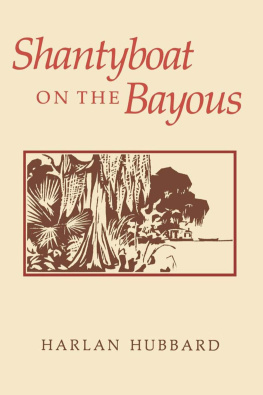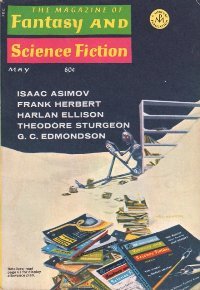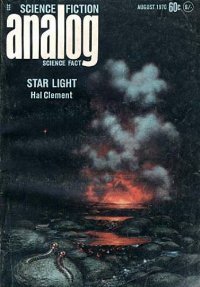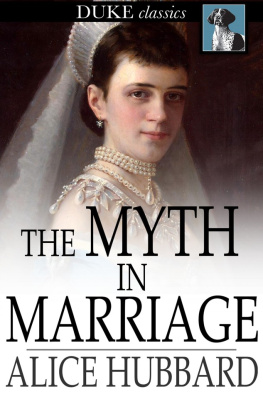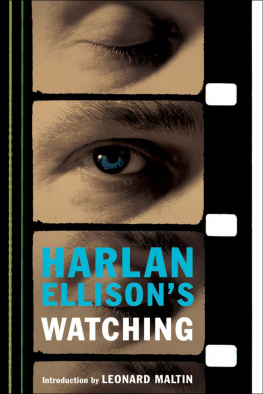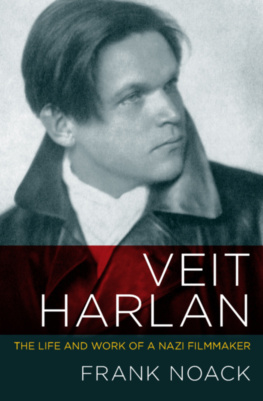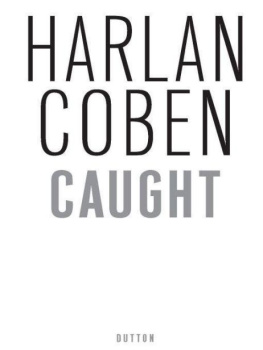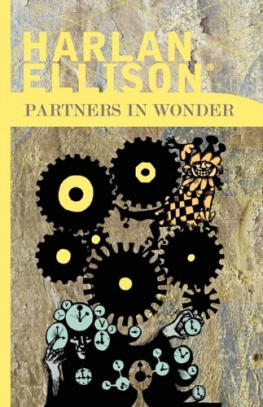Copyright 1990 by The University Press of Kentucky
Scholarly publisher for the Commonwealth,
serving Bellarmine College, Berea College, Centre
College of Kentucky, Eastern Kentucky University,
The Filson Club, Georgetown College, Kentucky
Historical Society, Kentucky State University,
Morehead State University, Murray State University,
Northern Kentucky University, Transylvania University,
University of Kentucky, University of Louisville,
and Western Kentucky University.
Editorial and Sales Offices: Lexington, Kentucky 40506-0336
Library of Congress Cataloging-in-Publication Data
Hubbard, Harlan.
Shantyboat on the bayous / Harlan Hubbard; with illustrations by
the author and a foreword by Don Wallis.
p.cm.
ISBN 0-8131-1717-8:
1. New Orleans Region (La.)Description and travel.2. BayousLouisiana.3. LouisianaDescription and travel1951-1980.4. Hubbard, HarlanJourneysLouisianaNew Orleans Region.5. Shantyboats and shantyboatersLouisianaNew Orleans Region.
I. Title.
F379.N54H831990
917.63'350463dc20 89-77898
This book is printed on acid-free paper meeting
the requirements of the American National Standard
for Permanence of Paper for Printed Library Materials.
Foreword
I still cherish my longing for a new life, Harlan Hubbard wrote in his journal on May 7, 1941, close to the earth, out-of-doors, simple and active, a way I can live in honor. How this can come about I do not see now. I shudder to think it may be only an idea. Harlan was forty-one years old, an artist whose work had gained no recognition, a sometime carpenter and construction worker, a solitary wanderer on the Ohio River and in the hills and woods of his native northern Kentucky. He found strength in solitude and joy in nature, but his loneliness and despair were intense. Then Anna Eikenhout entered his life. She was an accomplished musician, a scholar of French and German, a librarian. Together, Harlan wrote, they were a blend of roughness and refinement. He was earthy, raw-boned, intense, and shy, a wildness about him. Anna, two years younger than Harlan, was an elegant, graceful woman, poised, feminine, and beautiful. They were each adventurous, imaginative, resourceful; they dreamed of living extraordinary lives. In the spring of 1943 Harlan and Anna were married, and soon they took their lives to the river. Harlan wrote, We went to the riverbank, built a shantyboat, and began a new life together.
A man and a woman fulfilling their dreams, creating together a free-flowing, natural, independent life, making their home on the river, drifting with the current down to the seathis is the story Harlan Hubbard told in Shantyboat: A River Way of Life. Then, extending their journey for a year into the wild, lush bayou country of Louisiana, Harlan and Anna basking in their adventurous success, discovering its meaning while exploring a strange new landthis is the story Harlan tells in Shantyboat on the Bayous. It is both a sequel to Shantyboat and a prelude to Payne Hollow: Life on the Fringe of Society, Harlans testament to the homesteading life he and Anna went on to create in a remote, secluded notch in the Kentucky hills along the Ohio. The Hubbards settled at Payne Hollow in 1952 and lived there until their deaths, Annas in 1986, and Harlans in 1988. These books comprise an autobiographical whole, Harlan Hubbards account of the life he shared with Anna, self-created and self-sustained, difficult and joyful, full of achievement and discovery, diligence, pleasure, and reward; a life, Wendell Berry has written, that is one of the finest accomplishments of our time.
Harlan had since childhood dreamed of living a river way of life. Growing up along the OhioHarlan was born January 4, 1900, in the rivertown of Bellevue, Kentuckyhe was drawn to the shanty-boaters he saw along its shores and later came to know, men who lived by the rivers rhythms, beyond the reach of societys rules, living on the fringes of life, Harlan wrote. The simplicity and naturalness of their way of living fascinated me, and gave definite shape to the vague longing which the flowing river had inspired.
The riverand the writings of Thoreauinspired in Harlan a desire for a wilder life, open to all the elements of nature, the sun and sky and water and wind. When he was twenty-one years old Harlan experienced what he called a revelationa stirring vision of the truth of his life: At first there seemed to be two universes which I termed the world and the earth, in either of which I could choose to live. Then I saw there was but one, and that I was living on the earth looking directly into infinity.
This was the sense Harlan had of his life, and he carried it with him as he canoed on the river and hiked in the woods, making sketches of what he saw and felt, making his art of his native landscape. But he must live in the world too; Harlan felt so apart from the world of menfor they could not share his truththat he imagined himself, like his art, unseen by the world, as if invisible, not-there in it. Only alone with his infinite vision did Harlans life feel real to him: Sometimes when slowly paddling or drifting, midway between the shores, I feel as detached from the world as a mote in space. The light of the sun, infinitely far away, strikes only me, it seems.... This is the way I go through the world of men; I observe and revel in forms and surfaces and color, entranced by them and all that formed them, but I slip through the mesh of the world without being caught, or even noticed.

Harlan lived this way for twenty years, until he joined his life to Annas. Now he was no longer alone, and when he and Anna took their life to the river, he who had lived so apart from the world found his true place in it. Harlan wrote, To achieve more perfect harmony with the river and at the same time live close to the earth and free from entanglement with this modern world, I became a shantyboater. For two years the Hubbards lived on their shanty-boat tied to the river shore at Brent, Kentucky, a community of river people Harlan knew well. They became members of this community; with their shantyboat friends, Harlan and Anna fished and foraged and gardened for their food, gathered the rivers driftwood to burn in their boat cabins fires, and daily honored the sights and sounds and smells of their river way of life. Greeting the morning of a new season, Harlan wrote in his journal, The morning air was mild, with the song sparrow and Carolina wren tinkling away and the redbird whistling. The sun rose behind the bare trees across the river. I was out cutting wood early.... I breathed the morning air, listened to the birds and the Catherine Davis steaming past, blowing for the lock. I smelt the wood smoke from the fire I had kindled, and suddenly I felt that this was the realization of much that my life had been pointing to.





